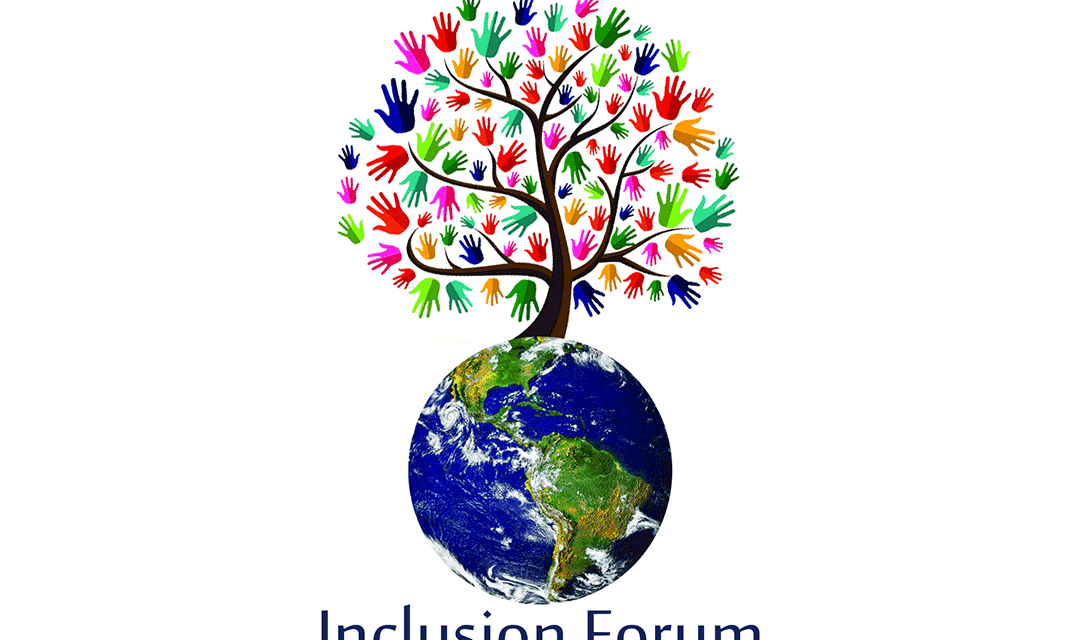Research by Department of Economic and Social Affairs (DESA 2009)
The concepts of social integration and social inclusion are similar ones, and in fact overlap eachother in many ways. However, some differences exist which are useful to be examined in orderto avoid confusion. It is worth mentioning that any attempts to differentiate these two conceptswill inevitably face a challenge, as there is no single agreed definition for either. The concept ofsocial integration was created through political consensus among member states at the WorldSummit for Social Development. Social inclusion or social cohesion were preferred terms forsome, however, it was a consensus agreement that the concept of social integration allowsbroader interpretation. The Social Summit approached social integration in terms of goals,principles and process. It is important to understand that social integration is not an end-statethat societies can achieve, but a dynamic process in which societies engage in order to furtherhuman development.1 focusing on creating conditions for equal opportunities and equal access for all, is considered tobe useful when describing the actual process involved in promoting social integration. Socialinclusion is also often more easily accepted as a policy goal, as it clearly eliminates aconnotation of assimilation that some associate with the term “integration” – not all individualsand/or groups in societies are eager to be “integrated” into mainstream society, but all strive tobe included.
Inclusion is community. No one becomes included by receiving handouts,even if these handouts are given by public bodies and with public resources.No one becomes included by being treated by a program in which they areno more than a number or a statistic. Inclusion is connection to the networkof community development, it is to become more than a speck of dust, tohave a forename and surname, with one’s own distinctive features, skillsnd abilities, able to receive and give stimulus, to imitate and be imitated, toparticipate in a process of changing one’s own life and collective life (Busatto, 2007: 4)
The above quotation places emphasis on the recognition of the individual and the relationshipbetween community and the individual. This suggests that inclusion is a mutually beneficialstate for both the community and the individual. When people rely upon each other and thesuccess of their interactions, that responsibility and interdependence creates a commitment tothe social processes in a community. The depiction of social inclusion at the local level is usefulas it addresses inclusion at a manageable and feasible level. In a smaller geographic region thanthe nation, there is much greater opportunity to develop inclusive systems, economically andsocially as well as politically. Cities can thus be seen to provide the space for testing andexpanding notions of social inclusion. The role of local government in promoting socialinclusion and participation is further discussed in chapter 3.
As mentioned earlier, there are numerous definitions and concepts of social inclusion,2anddespite a multitude of discussion, it is still difficult to obtain agreement on the term. Lombenotes that: Inclusion is the realization that everyone has essential dignity and everyone hassomething to contribute.” (Lombe, 2007:3) Social inclusion can be described as a “multidimensionalprocess aimed at lowering economic, social and cultural boundaries between thosewho are included and excluded, and making these boundaries more permeable” (Therborn,2007.2). It is a dynamic phenomenon, as its boundaries are changing over time, space, and inquality. Sen described social inclusion as “being characterized by societal elements that wouldinclude the active participation by citizens, equality of opportunities, and basic levels of wellbeing.”3 aspects of life, while exclusion refers to the conditions (barriers and processes) that impedeinclusion. Participation is most significant as it denotes an active involvement in the process, notmerely having access to society’sactivities, but engaging in them, and building and maintaininga social network. Participation also creates a sense of responsibility towards others, acommunity or an institution, and influences decisions or enables individuals to have access tothe decision-making processes4.
In this publication, social inclusion refers to a process by which efforts are made to ensure equalopportunities for all, regardless of their background, in order to enable full and activeparticipation in all aspects of life, including civic, social, economic, and political activities, aswell as participation in decision-making processes. Social inclusion can be approached as a goal,an objective, and a process. Its process affects almost all societal activities, and should thereforebe approached from various dimensions. (EGM Paris)
Exclusion conversely is a process and a state resulting in lack of access to full participation in mainstream society. The manifestations of social exclusion are often understood differently according to the perceived needs of the society. For example, in some societies, women may bethe main excluded group, in other societies, immigrants or racial, ethnic and religious minoritiesare excluded.
[i]Footnote
1 Participatory Dialogue: Towards a stable, safe and just society for all”, UN, 2007
2 Note: Beall originates the terms in French public policy and Rene Lenoir for popularizing the term in France, as well as highlighting the historical disregard of les exclus or ‘the others’ by the social contract of the French republic. (Viswanathan, L. et al, 2003:5).
3 Viswanathan, L. et al, 2003:5
4 “Social Participation and Social Capital”, Raymond Breton, University of Toronto
http://canada.metropolis.net/events/civic/rbreton_e.html















